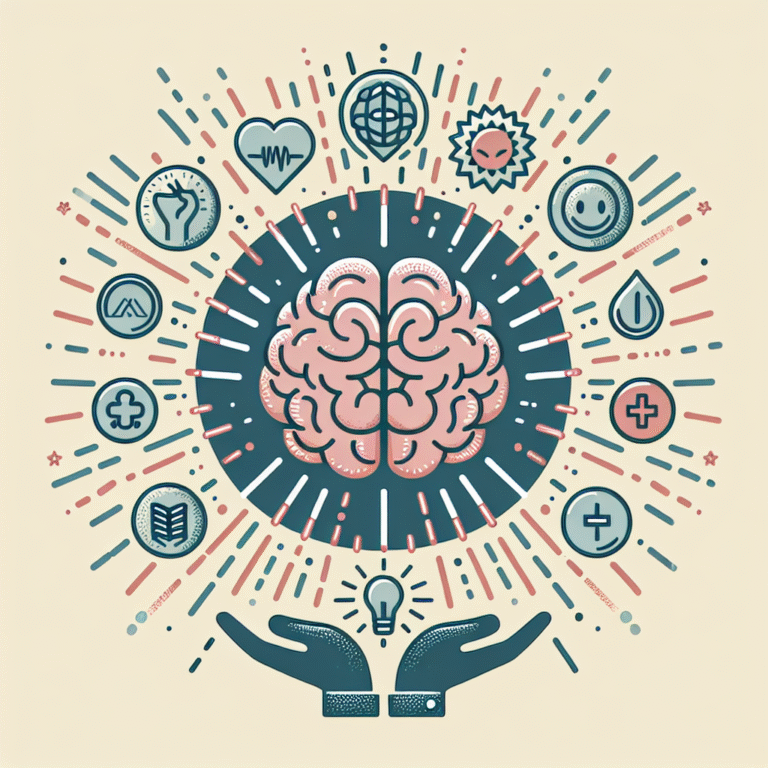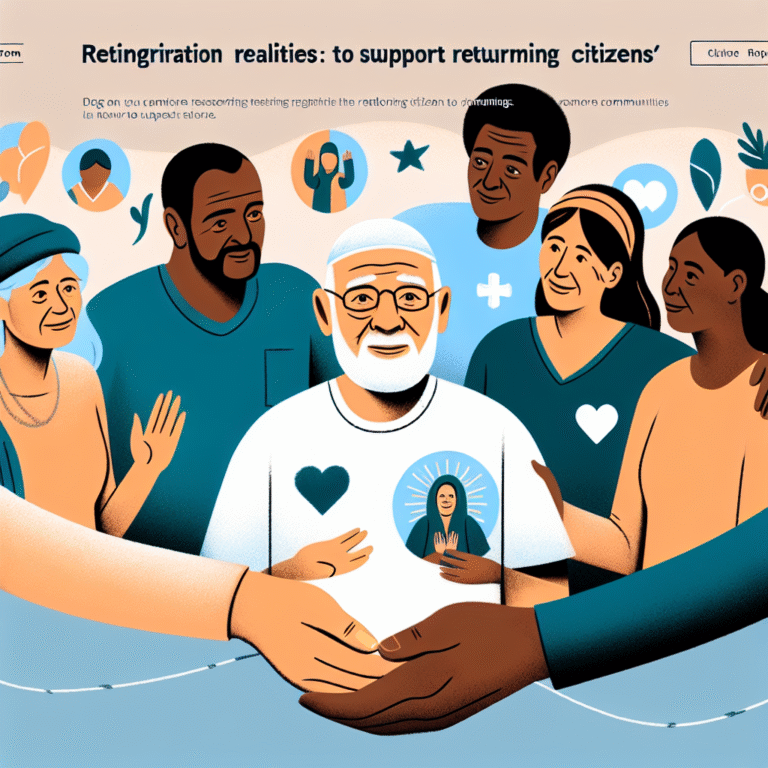
Introduction
In a world where anxiety can often feel overwhelming, the journey from feeling paralyzed by fear to embracing achievement is not just a dream—it’s a reality for countless individuals. From Anxiety to Achievement: The Power of Behavioral Therapy illuminates how behavioral therapy has transformed lives, helping people reclaim their confidence and strive towards their goals. This article delves deeply into this effective therapeutic approach, exploring its techniques, successes, and the profound impact it can have on mental well-being.
Understanding anxiety is crucial; it affects millions globally and manifests in various forms, from generalized anxiety disorder to social anxiety. As society becomes more aware of mental health, effective treatment options like behavioral therapy are increasingly recognized for their potential to facilitate personal achievements. This article will take you through enlightening case studies, practical applications, and the fundamental principles that underpin behavioral therapy.
Understanding Behavioral Therapy
What is Behavioral Therapy?
Behavioral therapy is a structured, goal-oriented form of therapy that focuses on changing unproductive behaviors. It operates on the premise that our thoughts, feelings, and behaviors are interconnected, and by altering negative behavior patterns, we can impact our emotional state and overall quality of life.
Key Principles of Behavioral Therapy
-
Conditioning: Behavioral therapy utilizes principles of learning theory, including classical and operant conditioning. These principles help in understanding and modifying behavior.
-
Reinforcement: Encouraging positive behavior through rewards while reducing unwanted behavior, fostering a sense of achievement.
- Exposure Therapy: Gradually facing fears in a controlled environment, allowing individuals to confront and overcome anxiety.
The Science Behind Behavioral Therapy
Research shows that behavioral therapy can lead to significant improvements in mental health. Studies indicate that as much as 75% of individuals exhibit positive changes after engaging in this type of therapy. From Anxiety to Achievement: The Power of Behavioral Therapy is substantiated by numerous studies that highlight its efficacy in treating various anxiety disorders.
The Journey Through Case Studies
Case Study 1: Emma’s Transformation
Background: Emma, a 28-year-old marketing professional, struggled with social anxiety, often avoiding networking events.
Therapeutic Approach: Emma engaged in cognitive-behavioral therapy (CBT), a subtype of behavioral therapy, focusing on reframing negative thoughts and gradually exposing herself to social situations.
Results: Over six months, Emma learned to challenge her fears and actively participated in social events. Her confidence surged, leading to a promotion at work—an inspiring example of how behavioral therapy can facilitate growth.
Analysis: This case underscores the practical application of CBT in transforming anxiety into achievement. By equipping her with tools to tackle her fears, Emma could shift from avoidance to proactive engagement in her career.
Case Study 2: Jake’s Path to Freedom
Background: Jake, a college student, dealt with obsessive-compulsive disorder (OCD), which significantly impaired his academic performance.
Therapeutic Approach: Through exposure prevention therapy, Jake faced his compulsions in a safe environment while learning to manage his anxiety responses.
Results: Jake graduated with honors, attributing his success to the skills he developed through therapy.
Analysis: Jake’s journey highlights the impact of behavioral therapy in treating OCD, pointing to its effectiveness in helping individuals lead fulfilling, achievement-oriented lives despite the constraints of anxiety.
Techniques in Behavioral Therapy
Cognitive-Behavioral Techniques
CBT combines cognitive and behavioral methods, focusing on understanding how thoughts influence behaviors. Techniques include cognitive restructuring, problem-solving skills, and coping strategies that empower individuals to face anxiety head-on.
Mindfulness and Behavioral Activation
Mindfulness practices paired with behavioral activation encourage individuals to engage in meaningful activities that contribute to emotional health. This approach shifts focus away from anxiety-inducing thoughts, fostering a sense of purpose and achievement.
Group Therapy
Group therapy provides a space for individuals to share experiences and strategies, highlighting the communal aspect of healing. The collective journey serves as motivation, reinforcing the belief that achievement is attainable.
The Impact of Behavioral Therapy: Statistics and Insights
Here’s a quick look at key statistics on the effectiveness of behavioral therapy:
| Statistic | Percentage |
|---|---|
| Improvement rate in anxiety disorders | 70-75% |
| Clients reporting reduced symptoms | 60-80% |
| Long-term effectiveness | 50-70% |
These figures underscore the transformative capabilities of behavioral therapy, illustrating just how powerful the shift from anxiety to achievement can be.
Overcoming Common Barriers to Success
Stigma Surrounding Mental Health
Despite increased awareness, stigma persists. Emphasizing the validity of mental health challenges is essential. Education plays a pivotal role in breaking down these barriers.
Access to Resources
Therapy availability can be a challenge. Telehealth options have emerged as viable solutions, providing greater access to those seeking help.
Commitment to Change
Many individuals resist therapy due to fear of confronting their anxiety. Understanding that growth often requires discomfort can motivate individuals to take the step toward therapeutic intervention.
Conclusion: Your Journey from Anxiety to Achievement
The narrative From Anxiety to Achievement: The Power of Behavioral Therapy serves as a beacon of hope for many. From the detailed case studies to the techniques employed, one thing becomes clear: change is possible, and achievement is within reach. If you’re struggling with anxiety, consider seeking support through behavioral therapy.
As you embrace the steps towards healing, remember that every small victory matters. Your journey to overcoming anxiety is not just a personal achievement; it’s a testament to the strength of the human spirit.
FAQs
-
What types of anxiety can behavioral therapy treat?
Behavioral therapy can address various anxiety disorders, including generalized anxiety disorder, social anxiety disorder, panic disorder, and OCD. -
How long does it take for behavioral therapy to show results?
Many individuals notice improvements within 6 to 12 sessions, but it can vary depending on the individual’s circumstances and commitment to the process. -
Is behavioral therapy suitable for children?
Yes, behavioral therapy is effective for children and adolescents, often utilizing play therapy techniques to engage young clients. -
Can I practice behavioral therapy techniques on my own?
Many techniques can be practiced independently, but guidance from a trained therapist is often beneficial for optimal results. - What should I do if I don’t see progress in therapy?
It’s essential to communicate openly with your therapist about your concerns. Adjustments to the therapeutic approach may be needed to better suit your needs.
With insights into the methodologies, success stories, and the undeniable growth potential fostered through behavioral therapy, this article aims to inspire readers to seek the support they need to shift from anxiety to achievement. Embrace your journey; accomplishment awaits!


















